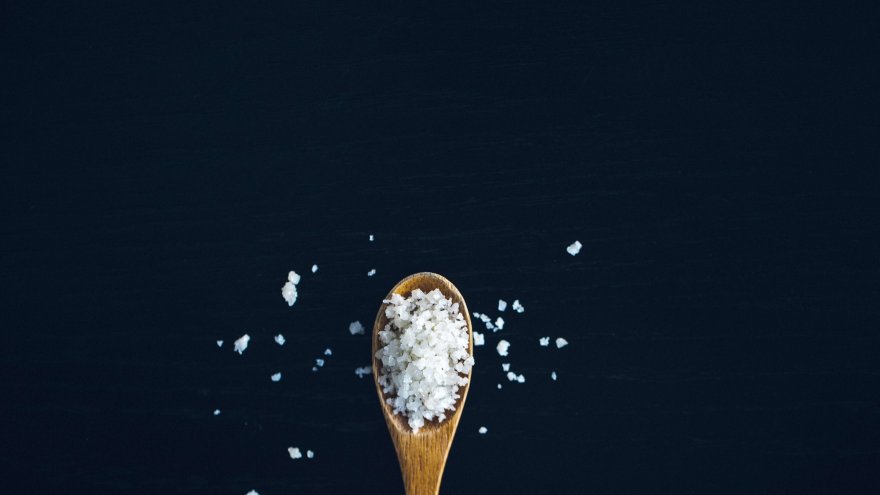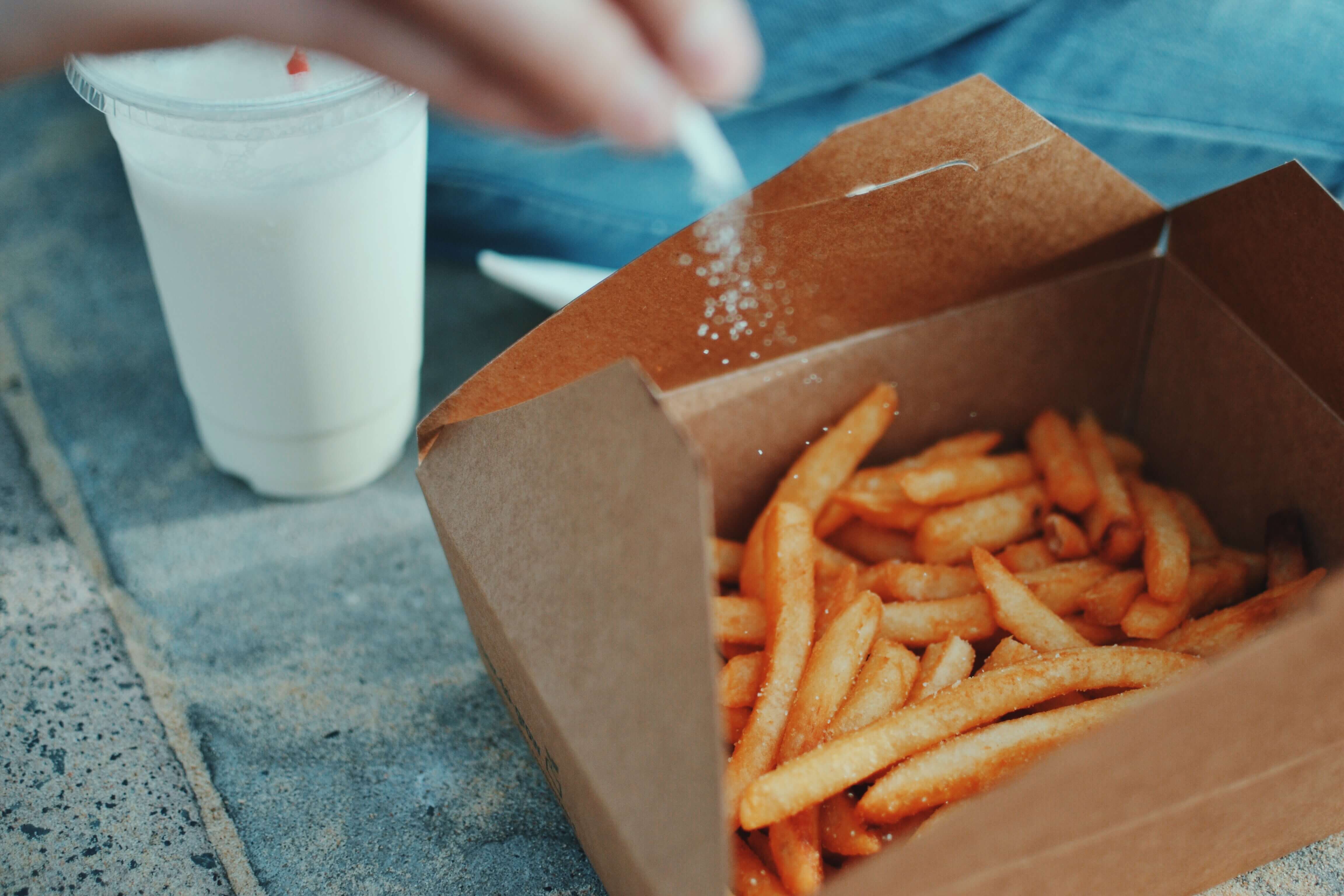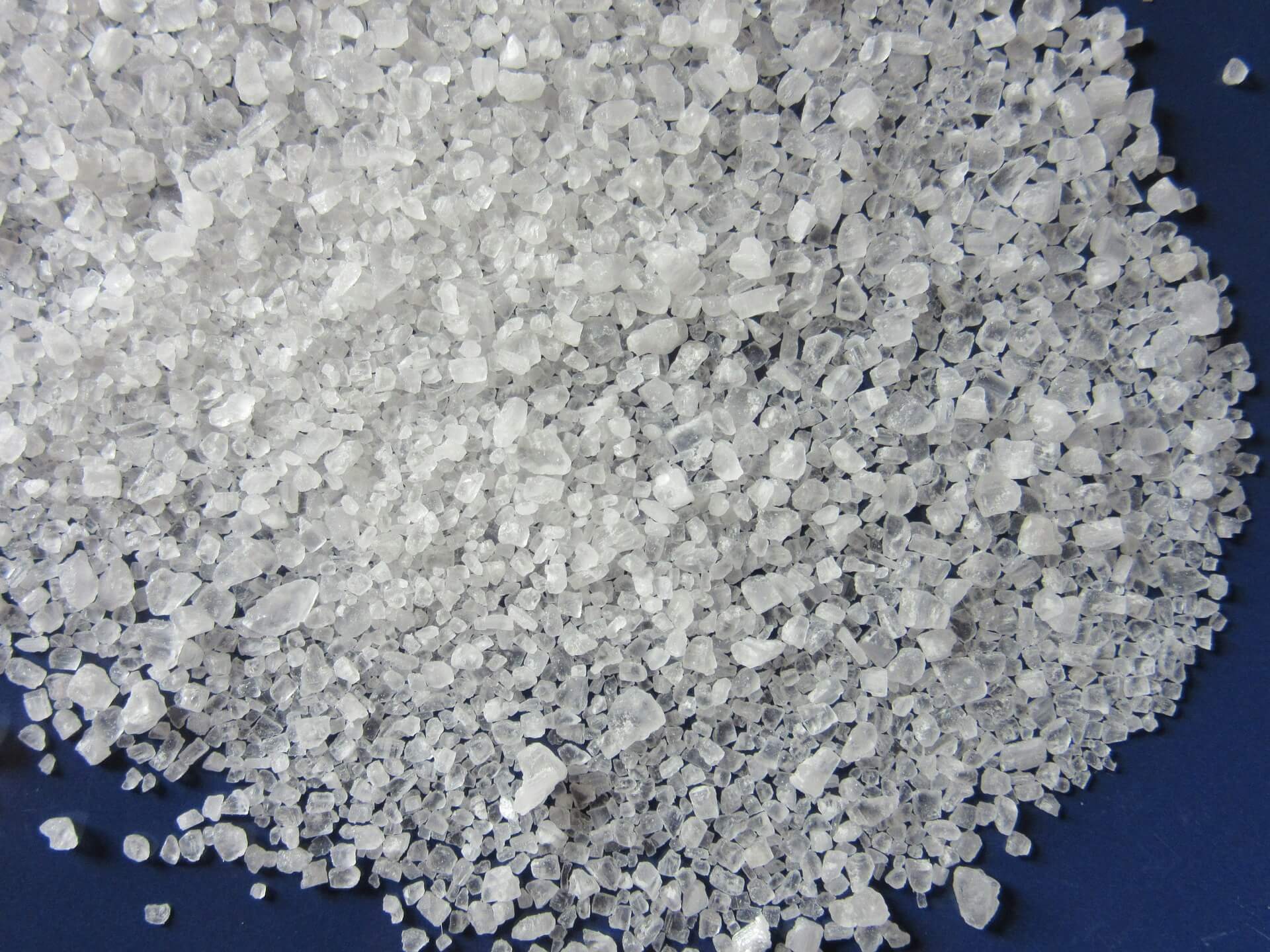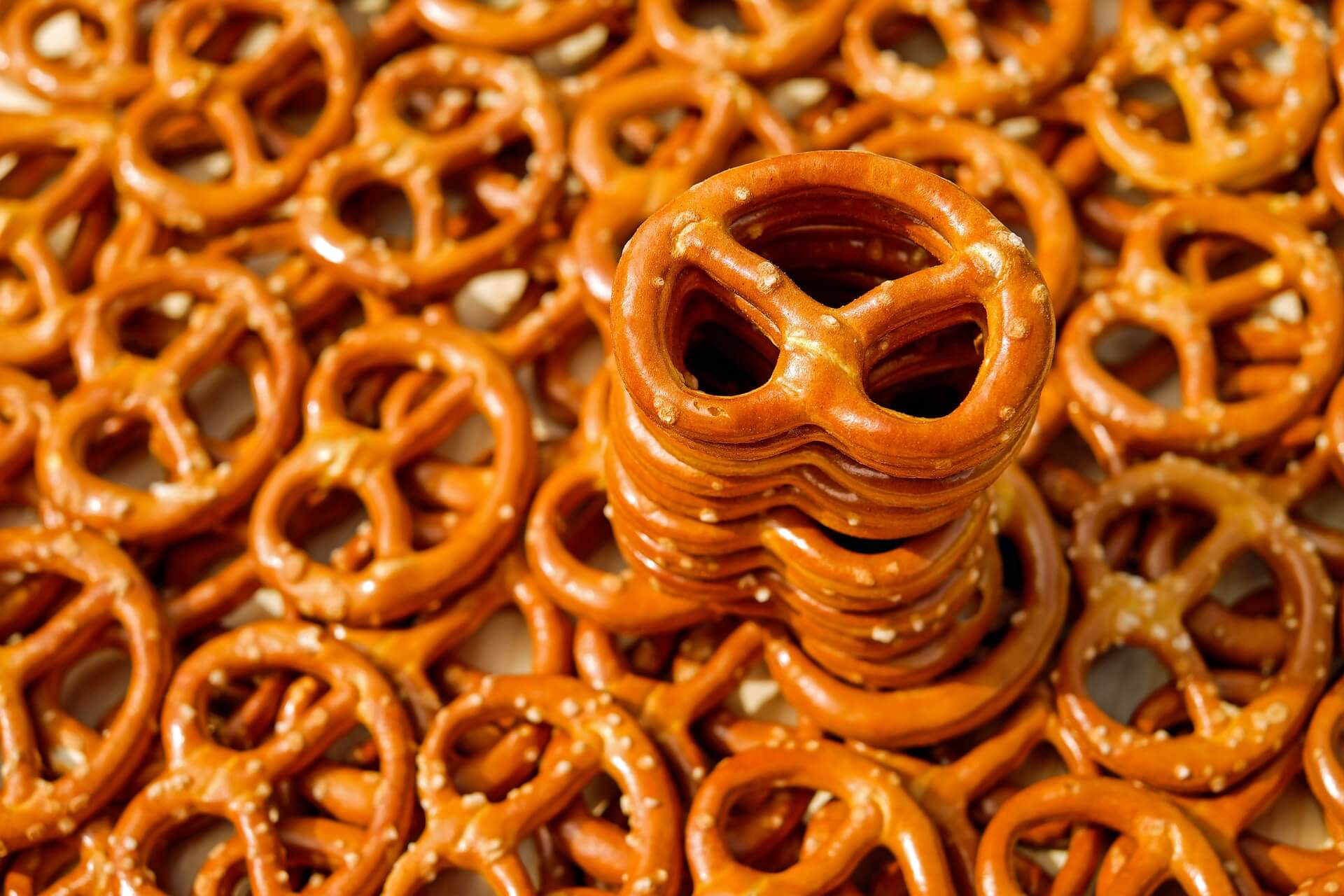Sodium And Running: Everything You Need To Know

We are taught that salt is bad. Too much sodium in our diets is linked to high blood pressure, which can lead to increased risk of stroke and heart failure. A sodium-rich diet also means we hold excess fluid, and that belly bloat is not what many gym lovers want to face. But as runners, we actually do need sodium.
Without it, we would be unable to perform, be dehydrated and might suffer from serious health issues. This can be a bit confusing, so we are breaking down everything you need to know about sodium and running.
If you have ever run on a hot summer day and noticed a white almost film-like substance on your face or clothes then you are not consuming enough sodium.
How Much Sodium Do We Really Need?
The American Heart Association recommends Americans eat 2,300 mg of sodium a day. This is the equivalent of about a single teaspoon of salt. However, we should strive to consume closer to 1,500 mg per day.
Interestingly enough, the body only needs less than 500 mg of sodium per day in order to be able to properly function.

Most of the sodium an average person consumes each day comes from the processed, packaged and takeout foods we eat. This includes lunch and deli meats, bacon, pizza, smoked meats, frozen dinners and cans entrees like ravioli.
Other sodium-rich foods we often eat include beets, celery, carrots, and spinach. However, these are healthy foods and have 50 to 125 mg of sodium.
Sodium and Running
Sodium is needed in order for the body to function, but this is especially the case for runners. Why do runners need sodium? Because sodium holds onto fluid, which means it helps the runner stay hydrated.
In fact, the 1,500 mg per day rules do not apply to runners. For starters, it’s easy to reach the daily recommended percentage of sodium before dinnertime. This is based on eating eggs and bacon for breakfast, a turkey sandwich for lunch and a pretzel or nuts snack.
But when running, we can lose up to 3,000 mg an hour via sweat. This means runners can consume more than 1,300 mg based on how long they are running and how much they are sweating. And things get even more complicated based on the weather and whether or not the runner is overhydrating. Sweating out all that salt can lead to cramping and dangerous low blood-sodium levels.
Just like we consume GU, chews or other sports nutrition, anyone who is running for five hours or more should be replenishing their sodium sources. This is especially important when it’s hot and humid outside. A good way to do this is to drink sports drinks that contain sodium or have salt tablets on hand.
Those who are running less than that should just aim to replenish their sodium post run.
Salt Tablets

Sodium is one of five electrolytes that are crucial for hydration. Salt tablets, or salt sticks, are not to help keep the runner hydrated. They are used as a source of sodium to restore what is sweat out, but also include other minerals the body needs. They are much more than just your typical table salt.
Salt sticks generally have about 215 mg of sodium, as well as potassium, calcium, and magnesium.
These are mostly needed for ultramarathon or Ironmans. It’s recommended to consume 1 gram of sodium per hours of high-intensity workout. This means a runner competing in a 5k won’t need to worry about their sodium during the race, but those running a half marathon in the humidity should.
The amount needed depends on the distance, intensity, weather, and psychology of the runner.
Healthy Post Run Sodium-Rich Snacks

Many runners might crave something salty after that hot and sticky run. This is the body’s way of saying give me some sodium. Snack idea includes pretzels, salted almonds, cheese or black olives. Trail mix with dried fruit or energy bars tailored for athletes is another good idea.
Hyponatremia And Runners
Hyponatremia is a severe and often fatal disorder that can happen to some runners. It is when there a massive loss of sodium and/or abnormal water retention.
When a person is suffering from hyponatremia, their blood sodium levels fall extremely low, which causes swelling of the brain. This can then cause a seizure, coma and even death.
Hyponatremia is rare but does happen among marathoners and ultrarunners.
Sources
- , Why Is Too Much Salt Bad For You?, Health Website
- , Pass The Salt?, Running Website
- , How much sodium should I eat per day?, Organization Website
- , 8 high-sodium foods that are OK to eat,, News Website
- , How Much Sodium Do You Need?, Health Website
- , A Beginners Guide To Salt Tablets For Runners. Are They Dangerous Or Are They Your Secret Weapon?, Triathlon Website
- , What’s The Deal With Salt Supplementation?, Running Website
- , Electrolytes, Health Website
- , HYPONATREMIA IN ATHLETES, Medical Journal
Latest Articles
 Is Running on a Treadmill Easier Than Running Outside?Runners have their own preferences, whether it is treadmill running, running outside on the road, or exploring trails. So...
Is Running on a Treadmill Easier Than Running Outside?Runners have their own preferences, whether it is treadmill running, running outside on the road, or exploring trails. So... Is It OK to Use Trail Running Shoes on the Road?While trail running shoes can be used on roads, especially in situations where a runner encounters mixed terrains or pref...
Is It OK to Use Trail Running Shoes on the Road?While trail running shoes can be used on roads, especially in situations where a runner encounters mixed terrains or pref... How to Fix Sore Quads After Running?Rest, ice, gentle stretching, and over-the-counter pain relievers can help soothe sore quads after running. Also, ensure ...
How to Fix Sore Quads After Running?Rest, ice, gentle stretching, and over-the-counter pain relievers can help soothe sore quads after running. Also, ensure ... 10 Fruits With The Most Electrolytes to Replace Sports DrinksThese fruits are high in electrolytes such as potassium, magnesium, and calcium, essential for hydration, muscle function...
10 Fruits With The Most Electrolytes to Replace Sports DrinksThese fruits are high in electrolytes such as potassium, magnesium, and calcium, essential for hydration, muscle function...

